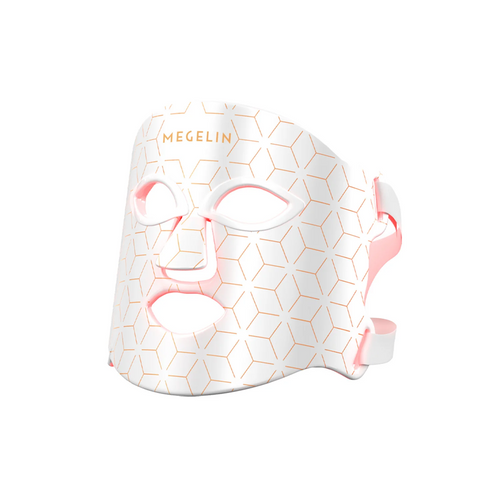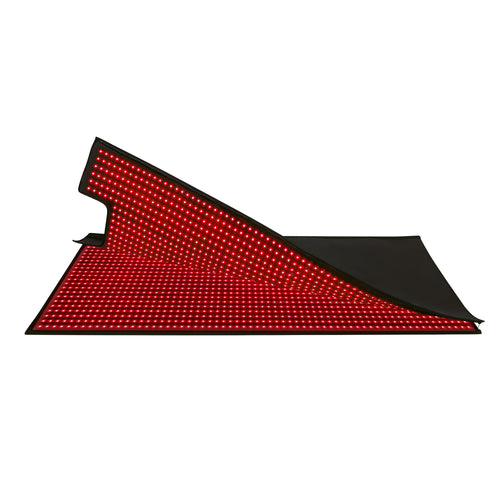
What's the Benefits of EMS and How to Do EMS Workout at Home
In today’s fast-paced world, many people want faster, more efficient ways to stay fit and toned without spending hours in the gym. That’s where EMS (Electrical Muscle Stimulation) workouts come in. EMS uses gentle electrical impulses to contract your muscles, simulating the effect of a workout — but in a shorter time and with deeper activation. Whether you want to tone your glutes, strengthen your core, or support recovery, EMS training can be a game-changer, especially when you can do it at home.
What Is EMS Training?
EMS, or Electrical Muscle Stimulation, is a fitness method that uses wearable devices (such as belts, pads, or suits) to send low-frequency impulses to your muscles. These impulses mimic the natural signals from your brain, making your muscles contract and relax just like they would during exercise — but with greater intensity.
The big advantage? EMS can activate up to 90% of muscle fibers, including deep muscles that are hard to target with traditional workouts.
What's the Key Benefits of EMS?
1. Efficient Muscle Toning
With EMS, a 20-minute session can feel like a full-hour gym workout. It’s perfect if you’re short on time but still want visible results.
2. Improves Strength and Endurance
EMS boosts muscle activation, which helps build strength faster and enhances endurance for sports or daily activities.
3. Supports Weight Loss
When paired with cardio or strength training, EMS increases calorie burn and helps reduce fat in stubborn areas.
4. Targets Hard-to-Train Areas
Glutes, inner thighs, or the lower abs are often tough to tone. EMS belts or pads can focus directly on those muscles.
5. Reduces Muscle Imbalances
By stimulating specific muscles, EMS helps correct imbalances caused by posture, injury, or uneven training.
6. Aids in Recovery
Low-intensity EMS can increase blood circulation, reduce soreness, and speed up post-workout recovery.
How to Do EMS Workouts at Home
1. Choose the Right At-Home EMS Device
- EMS Belts: Great for abs, arms, or glutes.
- EMS Shorts: Help for hip lift or pelvic restore.
- EMS System: Strengthen body part muscles and improves core definition.
2. Start with Short Sessions
Begin with 10–15 minutes, 2–3 times per week. Gradually increase intensity and duration as your body adapts.
3. Combine EMS with Simple Exercises
For the best results, use EMS while doing light bodyweight movements:
- Squats with glute pads
- Planks with abdominal stimulation
- Lunges with thigh stimulation
- Push-ups with arm electrodes
This doubles the effect of each contraction.
4. Pair with a Healthy Lifestyle
- Nutrition: Support your training with a balanced diet rich in protein and whole foods.
- Hydration: EMS increases circulation, so staying hydrated is key.
- Consistency: Results build up over weeks of steady use.
5. Safety Tips
- Avoid using EMS on the heart or neck area.
- Not recommended during pregnancy or if you have a pacemaker.
- Always follow the manufacturer’s instructions.
Who Should Try EMS?
1. Busy professionals who don’t have much gym time
2. Beginners looking for low-impact ways to start exercising
3. Athletes wanting to enhance performance
4. People seeking faster muscle recovery
5. Anyone wanting to tone stubborn areas like glutes, abs, or arms
Conclusion
EMS workouts are more than just a fitness trend — they’re a science-backed way to activate muscles deeply, save time, and see real results. With the right device and a consistent routine, you can enjoy the benefits of EMS right from the comfort of your home.
Whether your goal is strength, toning, or recovery, EMS can give your fitness journey the boost it needs.







